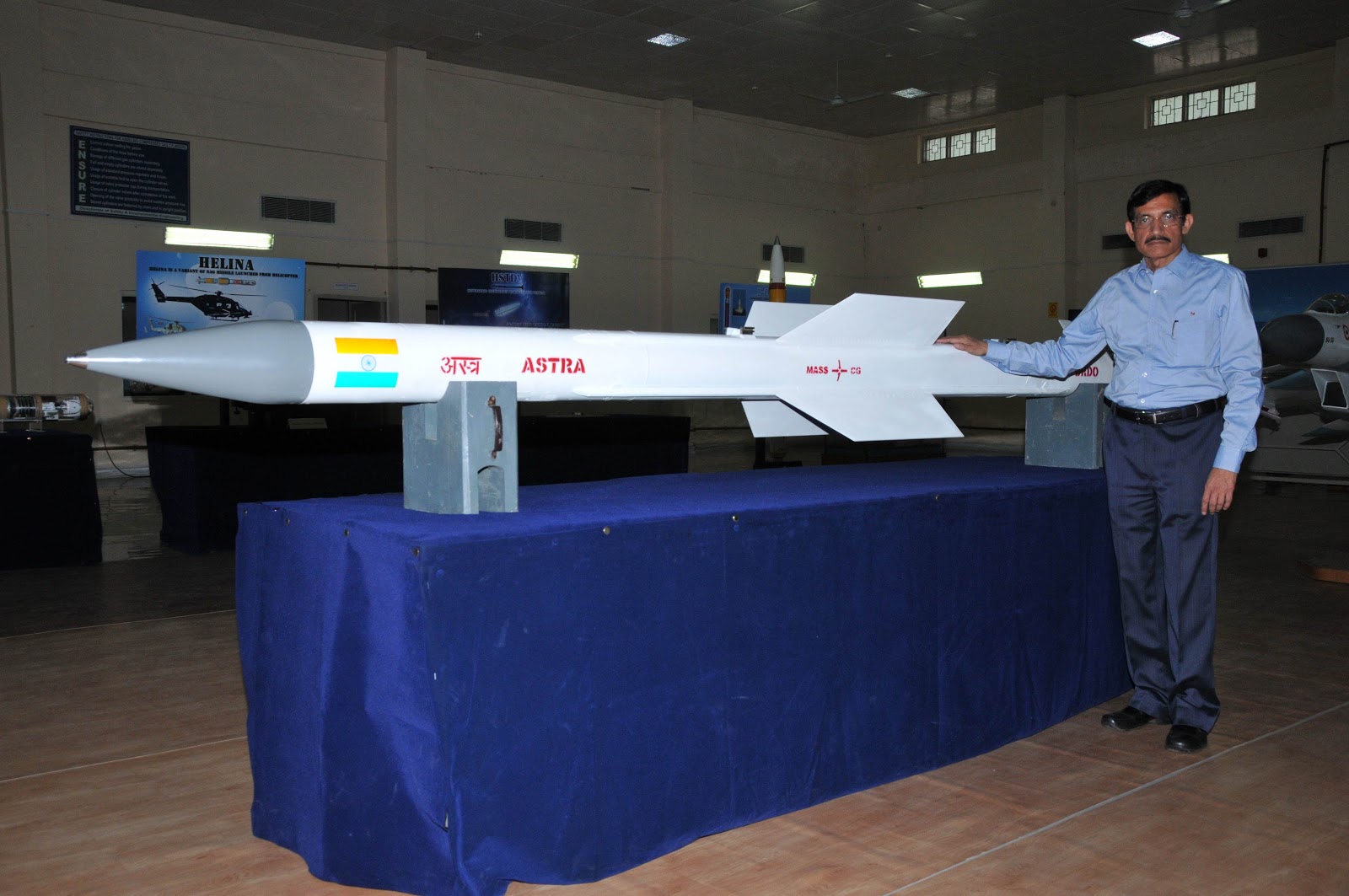Indian Air Force inducts Swiss basic trainer aircraft Pilatus PC-7 MK II
Indian Air Force inducts Swiss basic trainer aircraft Pilatus PC-7 MK II
Press Trust of India | Updated: May 31, 2013 20:10 IST
Hyderabad: The IAF training academy at Dundigal today witnessed the induction of basic trainer aircraft Pilatus, PC-7 Mk-II, in the Air Force.
Union Minister of State for Defence Jitendra Singh unveiled the Swiss made aircraft at a ceremony in Hyderabad.
Led by Group Captain R S Nandedkar, three PC-7 MK II aircraft put up an air display for dignitaries, including Chief Secretary Andhra Pradesh P K Mohanty, Swiss ambassador Linus Van Castelmur and Air Officer Commanding-in-Chief, Training Command Air Marshal Rajinder Singh.
Jitendra Singh was flown on the aircraft on a sortie.
This marked the first formal flight of the trainer aircraft at the Air Force academy in Dundigal, Hyderabad.
"The induction of PC-7 MK II as basic trainer aircraft into IAF is a very important landmark in our nation's quest to modernise armed forces," the minister said.
"Pilatus will prove to be the ideal platform that will train ab-initio trainees about nuances of basic flying and expose them to modern avionics and navigation aids. It will provide a solid foundation and facilitate a seamless transition from ab-initio stage through intermediate and advanced stages into full-fledged operational flying for all streams," Air Chief Marshal N A K Browne said.
The aircraft would be used for basic training of all IAF pilots, in addition to those of the Indian Navy and the Coast Guard. Until recently, this role was performed by the reliable but ageing workhorse, HJT-16 Kiran aircraft.
A comprehensive infrastructure upgrade is already underway at the Air Force academy which will receive a total of 75 aircraft from Pilatus, Switzerland.
The government approved the procurement of the aircraft in May last year. The first batch arrived at the academy in February as a part of an accelerated induction plan. The first batch of flight cadets will start training from July onwards.
"These aircraft will remain with us for the next 30 to 40 years. We signed a contract (deal for aircraft supply) in May last year and we already have 12 aircraft. By the time we start the first course in July, we will have 14 aircraft. And by this year end, we will have 30 aircraft in the academy. All the 75 aircraft will be with us by the end of August, 2015," Browne told reporters.
He said the induction of C-17 aircraft from the US will take place next month and the first aircraft is scheduled to arrive on June 17.
"At the end of July we will have three C-17 aircraft, which is a strategic aircraft with almost double the capacity of Ilyushin Il-76. Intense negotiations are on for mid-air flight refuelling aircraft, while negotiations are already over for the C-130J transport aircraft from the US," he said.
"We are also in the process of finalising heavy-lift helicopters from Boeing and also to induct Apache attack helicopters. Negotiations on the Medium Multi-Role Combat Aircraft deal with French Rafale is progressing on track.
These things have been moving smoothly and most of these, we hope to finalise by September or October," he said.
To a query on the Pilatus deal, Browne said there is a requirement of close to 173 trainer aircraft.
"Right now, the deal with Pilatus is for 75 aircraft. We have exercised an offset clause option for 37 more aircraft and that is part of the first contract. The matter is now with the Ministry of Defence," he said.
The government has also sanctioned 20 Hawk aircraft to enable the IAF's Surya Kiran aerobatics team to take up aerobatic displays once again, Browne said.
The Minister said, "We have no issues at all in procurement for defence equipment and there is complete transparency."
He said the Defence Procurement Policy (DPP) is under modification and the DPP-2013 will be a historic step for the Indian defence industry.
The Light Combat Aircraft project has been progressing slowly, he said, adding, "we expect to get Initial Operational Clearance 2 (IOC-2) version of LCA by November."
After the final operational clearance, the LCA will also be inducted into IAF by the end of next year.

